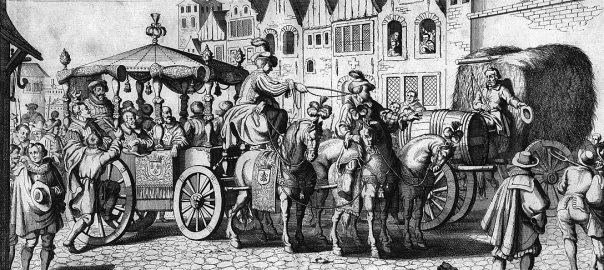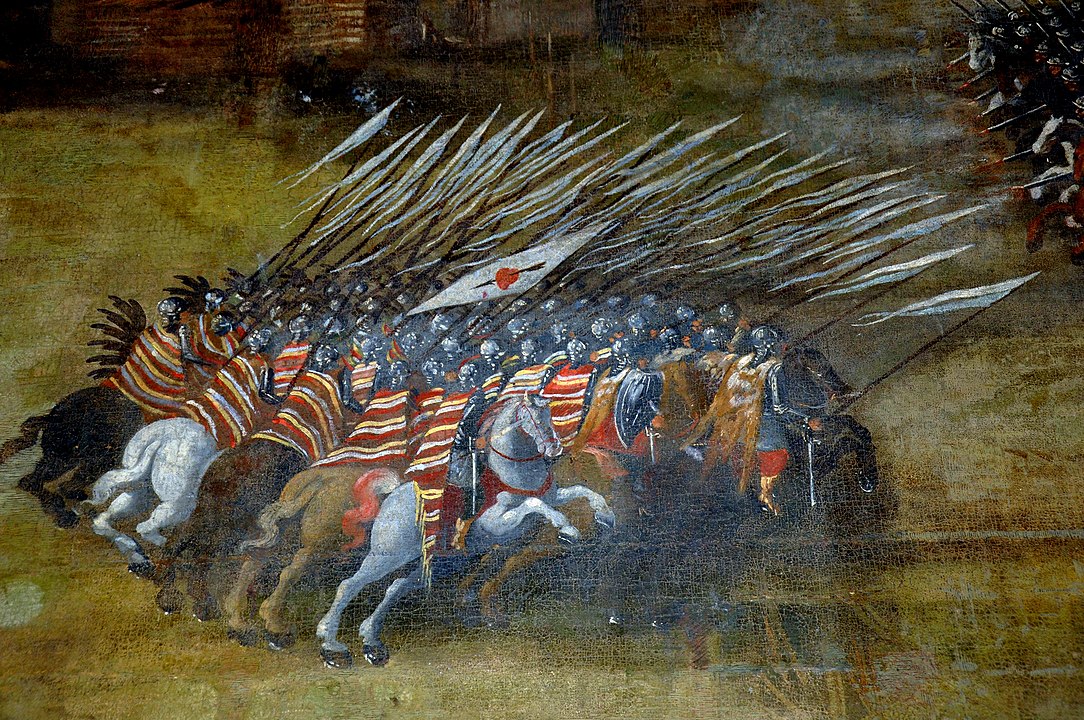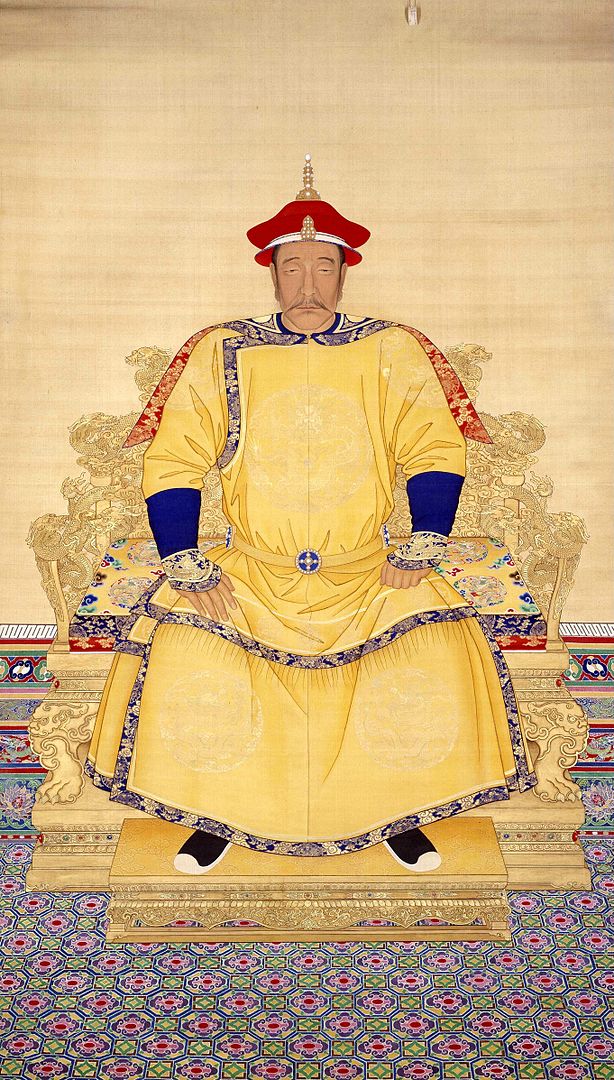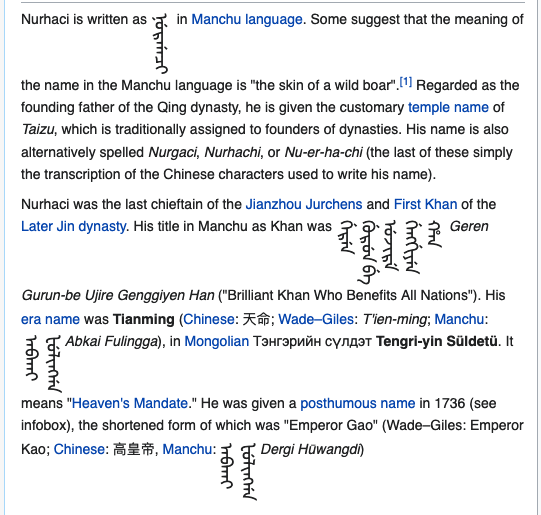It was not a huge world-news year, 1610 CE. But there were small to midsize breaking news events, some of which would have huge resonance later. Plus, of course, the steady background drumbeat of Spain’s settler-colonial expansion in the Americas (and Philippines) continued and continued. Here are four world-significant events of 1610, presented more or less chronologically.
1. French king killed by Catholic fanatic
In May, France’s King Henri IV was stabbed to death by a Catholic fanatic, François Ravaillac, who did the deed as Henri was driving through Paris, possibly to attend the belated coronation of his very Catholic wife, Marie de’ Medici– or possibly, as this WP page says, to visit his old friend and Chief Minister the Duke of Sully, who was lying ill in the Arsenal. (The banner image above is an engraving of the assassination by Gaspar Bouttats.)
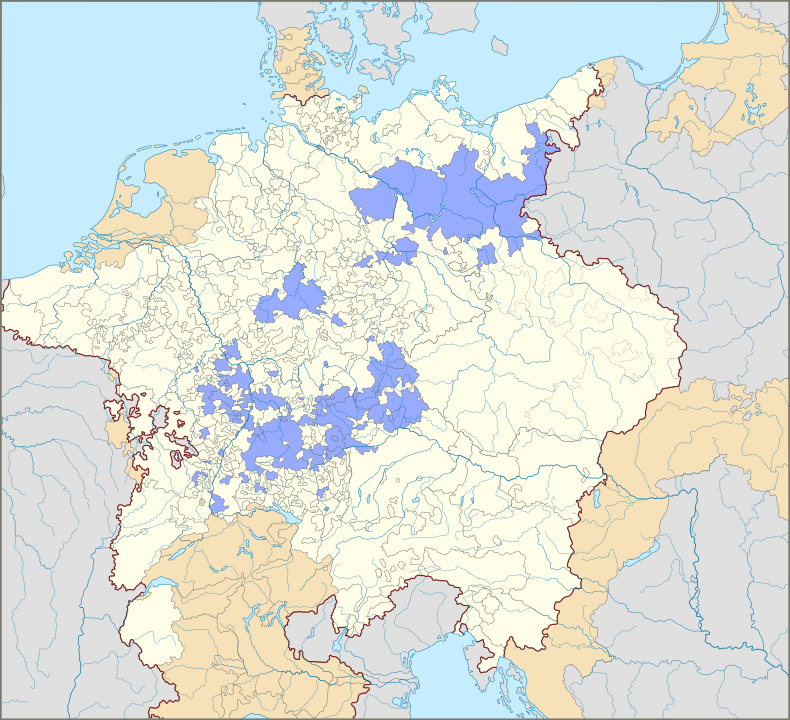
Henri’s nine-year-old son Louis was speedily crowned as King Louis XIII. Guess who got to act as regent? Right, Marie. She quickly reversed many of the policies Henri and Sully had been pursuing– including, at the time of Henri’s death, planning a military intervention to support a Calvinist and anti-Habsburg claimant to the head of one of the hundred-plus jurisdictions in chronically-fractured Germany.
Sully’s political role ended the moment Henri was killed.
As for his killer, Ravaillac, he was tortured very badly to make him name any accomplices, though he stated throughout that he had acted alone. On May 27, he was taken to the Place de Grève in Paris and was tortured one last time before being pulled apart by four horses, a method of execution reserved for regicides. If you want more details of the tortures he was subjected to, read them here.
And by the way, the intermittent attempts by French expeditionary companies to break into the east Indies trade continued to go poorly. Here’s a map showing the route taken by François Pyrard de Laval on a voyage that lasted from 1601 through 1611. It included five years as a captive of indigenous people in the Maldives.

2. Colonists abandon “Jamestown”, then return
George Somers and the other members of the English relief mission that had been shipwrecked in Bermuda last year, finally made it to Jamestown in late May, to discover that only 60 of the original colonists there had survived the preceding “starving time”; and they’d torn down many of the fort’s palisades and the abandoned houses, to burn them as firewood.
I guess the arrival of Team Bermuda just meant more mouths to feed and not much to feed them with. So on June 7, the temporary “Governor” of the colony decided to abandon it. They started sailing down the river to go back to England but the next day they met another English relief mission that had come direct from England, so they turned round and went back to Jamestown.
By the way, in July a guy called John Guy (!) set out from Bristol to found a colony in the area of present-day Newfoundland previously “claimed” for England by Humphrey Gilbert. Guy was traveling under the auspices of yet another colonization-focused joint-stock company called the London and Bristol Company. They arrived in “Cupers Cove” in August,
with colonists, grain and livestock… Thirty-nine colonists spent the winter of 1610–1611 in the colony. During [Guy’s] governorship the colonists built and fortified the settlement, explored the area and planted crops. Guy returned to England in 1611 leaving [a couple of his relatives] to manage the colony, as the first two Lieutenant-Governors of the Colony. Back in England, he was elected to the Bristol Society of Merchant Venturers, and he… returned the next year with more livestock and female settlers.
3. Poles take Moscow!
Well, maybe this is a much bigger story than the above. But sticking with the chronological approach, the crux-point of this one falls in July-August. I have found it extremely hard to untangle. I guess we know that for a few years now the Russian Tsardom has been extremely unstable. It was just in 1606 that Vasili IV Shuisky had False Dimitri I killed and took his place. The Tsardom was also a bit of a political football between the Swedes (who supported Vasili/Shuisky) and the Poles and Lithuanians who opposed him.
In 1607, a False Dimitri II popped up, also…
Anyway, early in 1610, Polish King Sigismund claimed that a delegation of Russian boyars had come and asked him to install Crown Prince Władysław as the new Russian tsar. So Sigismund sent in a large army, also including the famed hussars, to bring this about.
Then this:
The combined Russian and Swedish armies were defeated on 4 July 1610 at the battle of Klushino (Kłuszyn), where 7,000 Polish elite cavalry, the winged hussars, led by the hetman himself, defeated the numerically superior Russian army of about 35,000–40,000 soldiers. This giant and surprising defeat of the Russians shocked everyone and opened a new phase in the conflict.
After the news of Klushino spread, support for Tsar Shuyski almost completely evaporated. Żółkiewski soon convinced the Russian units at Tsaryovo, which were much stronger than the ones at Kłuszyn, to capitulate and to swear an oath of loyalty to Władysław. Then he incorporated them into his army and moved towards Moscow. In August 1610 many Russian boyars accepted that Sigismund III was victorious and that Władysław would become the next tsar if he converted to Eastern Orthodoxy. The Russian Duma voted for Tsar Shuyski to be removed from the throne. Shuyski’s family, including the tsar, were captured, and Shuyski was reportedly taken to a monastery, forcibly shaved as a monk, and compelled to remain at the monastery under guard. He was later sent to Warsaw, as a kind of war trophy, and eventually died in Gostynin.
Shortly after Shuyski was removed, both Żółkiewski and the second False Dmitri arrived at Moscow with their separate armies…
I regret I don’t have time to disentangle what seems like an intriguing (but also very complex) story. Bottom line for now: the Poles remained in control of Moscow; the fighting would continue until 1618; and then Russian independence would be “preserved” (or restored?), with the Romanovs founding their dynasty in Moscow.
4. Winds of change in China
The 1610 page on English-WP tells us that at some unspecified point in 1610, this happened: “The Manchu tribal leader Nurhaci breaks his relations with the Ming dynasty of China, at this time under the aloof and growingly negligent Wanli Emperor…”
So I went to Nurhaci’s page to learn more about him. Here’s the short version of his life:
Nurhaci (14 May 1559 – 30 September 1626) was a Jurchen chieftain who rose to prominence in the late 16th century in Manchuria. Nurhaci was part of the Aisin Gioro clan, and reigned as the founding Khan of Later Jin from 1616 to 1626.
Nurhaci reorganised and united various Jurchen tribes (the later “Manchu”), consolidated the Eight Banners military system, and eventually launched attacks on Ming dynasty of China and Joseon dynasty of Korea. His conquest of Ming dynasty’s northeastern Liaodong province laid the groundwork for the conquest of the rest of China by his descendants, who founded the Qing dynasty in 1636. He is also generally credited with ordering the creation of a new written script for the Manchu language based on the Mongolian vertical script.
(Nurhaci’s WP page contains some examples of the Manchu vertical script and also the earlier Mongol one. Sadly, they don’t render into my WordPress. I took a screengrab from Wikipedia to display here. Fwiw, Mongolian writing derived from a vertical version of Arabic script. Click to enlarge.)
Also, in May 1610, the Jesuit missionary and scholar Matteo Ricci died in Beijing. The Wanli Emperor granted Ricci’s request to be buried in Beijing, “and designated a Buddhist temple for the purpose. In October 1610, Ricci’s remains were transferred there.”
